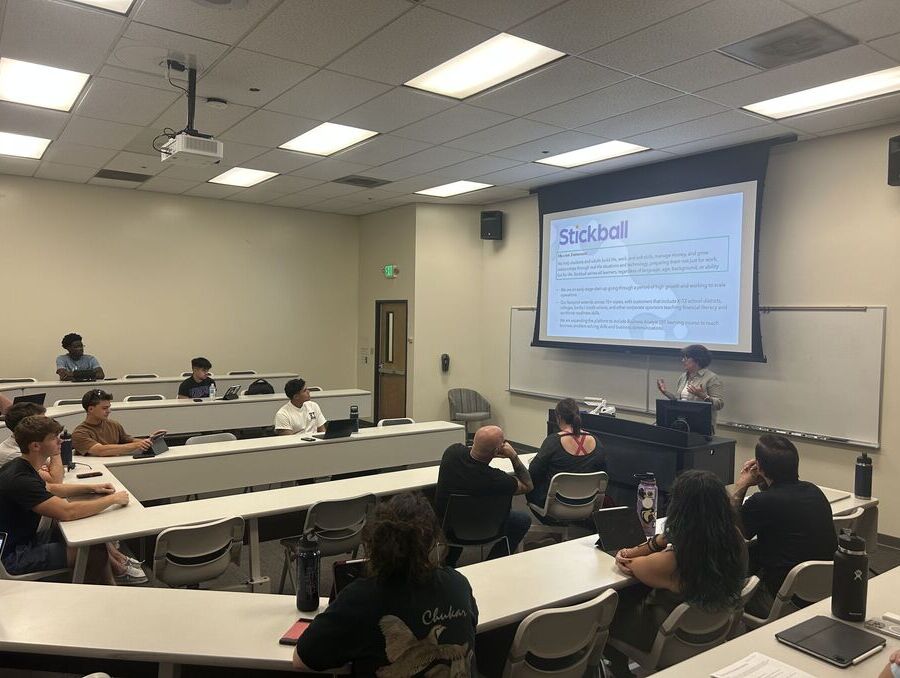Teach young children to love to read: In celebration of Get Caught Reading Month
The first step of many is to make sure your children don't just read, but that they love to read
May is “Get Caught Reading” month. This is a nationwide, year-round campaign to remind people of all ages how much fun it is to read and showcases posters of celebrities “caught reading” a favorite book.
As a mother of a preschooler and an Extension family literacy specialist, I wanted to celebrate the love of reading in Nsights, as I have a strong belief that helping children to enjoy reading is one of the most important things parents and caregivers can do. I have been trying to hook my 4-year-old child on books since she was born by keeping books around the house, reading books every day, and choosing developmentally appropriate and quality books. Luckily, she loves to read books of all kinds. She enjoys getting new books and will read the same books multiple times.
Parents of young children often make the mistake of focusing on teaching young children to read and neglecting to teach children to love to read. When this happens, some children associate reading with negative pressure and struggle with reading in school if they disliked it at an early age. The ability to read is important to every child’s success in school, and learning to read is different for everyone. How can parents and caregivers inspire a love of reading in our children?
- Create a reading-friendly home environment. Make sure to have proper lighting, comfortable seating, and good selection of quality children’s books. Make books accessible in every room of the house. I even stocked my bathroom with a few potty-related books when my little one was being potty trained. She loved reading Potty by Leslie Patricelli.
- Start early. Introduce reading to children starting at early age starting with reading aloud to them. Long before they can even sit up, babies can enjoy reading. Obviously, they can’t read, but we can set up a daily ritual after bath time to read together. Our family’s favorite nighttime book is Goodnight Moon by Margaret Wise Brown.
- Make reading time a quality family time. Have a special uninterrupted time to connect with your child on deeper level and have meaningful conversations through books. Reading a storybook using dialogic reading strategies creates the opportunity to have rich conversation with children. Dialogic reading is a method of reading with a child developed by Grover J. Whitehurst and the Stony Brook Reading and Language Project, where the child is an active participant in the activity, rather than just a listener.
- Model reading. Be a good role model and set good examples. Instead of modeling frequent phone usage, for example, model reading. Kids are natural copycats. If children see parents and caregivers reading regularly, they will do the same.
- Expose children to different types of books that are age-appropriate and tie into their interests. Check out local libraries, book fairs and bookstores. Help your child participate in a summer reading challenge – you can find a variety of them online. Read book reviews, or ask librarians and teachers for some good book suggestions.
F. Skinner once said, “We shouldn’t teach great books; we should teach a love of reading.” Children who read for pleasure will become lifelong readers. The Partners in Parenting Team at University of Nevada, Reno Extension has been promoting a love of reading in communities across the state by providing family literacy workshops and online resources. Please visit our website the Partners in Parenting website for information and class updates.














